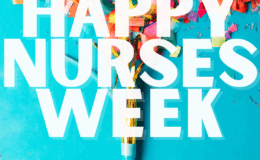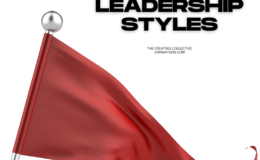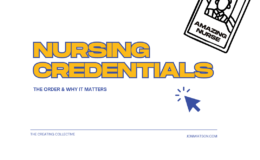According to the Institute of Medicine, “health literacy” is more than just being able to read; it is “the degree to which individuals have the capacity to obtain, process, and understand basic health information and services needed to make appropriate health decisions.”
 Health professionals – even myself – speak a completely different language than the rest of the world. Yet, we’re shocked most of the time when patients don’t understand what we’re saying. We expect people to somehow know “PO” means by mouth, or we keep our processes the same – like keeping prescription bottle labels in one language even when we know a patient may not be proficient in that language. Heck, deciphering a prescription medication label is difficult for people (smart people) who speak English.
Health professionals – even myself – speak a completely different language than the rest of the world. Yet, we’re shocked most of the time when patients don’t understand what we’re saying. We expect people to somehow know “PO” means by mouth, or we keep our processes the same – like keeping prescription bottle labels in one language even when we know a patient may not be proficient in that language. Heck, deciphering a prescription medication label is difficult for people (smart people) who speak English.
I found this out the hard way when my husband misread a medication label for one of our children. The instructions just didn’t compute, and I had to re-educate him. Now, my husband is educated, thoughtful, and a good communicator. With three children, we should have an in-home med cart at times; he gives our kids medicine just as much – if not more – than I do. He’s familiar with teaspoons and tablespoons. To me, the label was perfectly clear, but not so to him. Thankfully, the kiddo was under-dosed, and there was no safety concern.
It happened in my home. I guarantee low health literacy is much more prevalent than you think. You can easily assess health literacy and patient understanding via the Teach Back Method. Give it a try this week and see how your patients do – how well they understand what you’re telling them. It’s shocking.
Considering health literacy is the strongest indicator of a person’s health – stronger than age, income, employment status, education level, and race – and nearly 88% of the population with less-than-proficient health literacy, we must do better. Nurses can make a tremendous impact with patients and health literacy. Many states and organizations are working on this complexly simply problem – to ensure patients understand what healthcare professionals tell them. Search to find the statistics in your area as well as what efforts are happening to increase health literacy in your community.
Your community needs you to help; your patients need you to help.






Paige
January 10, 2013 10:57 amI can recall an incident when my own children were younger that involved an antibiotic. Dad thought it was to be put into the ear, we were after all treating an otitis. The only reason the pink liquid wasn’t dripping down onto her face was because the pharmacist had forgotten to reconstitute the drug. This precipitated a call to me(the working mom). Problem was rectified post hence but your point is well taken. I worked for years in a community health center and know that health literacy increased the risk of each of my patients. We must do a better job at insuring patient safety.
Nursetopia
January 10, 2013 1:27 pmWow. That’s a great story, Paige. My husband always asks me about the ear and eye drops…they just look so similar in regards to their packing, and the tiny bottles make for *tiny* instructions – few of which ever say “ear” or “eye.” We have a few of these meds inside traditional pill bottles with clear (plain language) instructions on the front, but we also have many ear and eye meds without such plain language directions. Hmmm…I should fix that!!